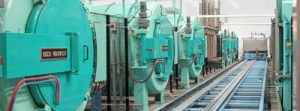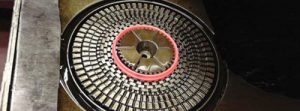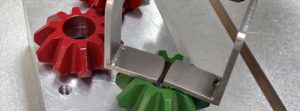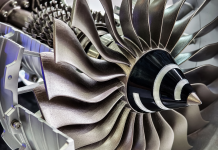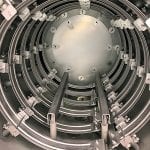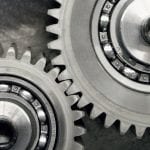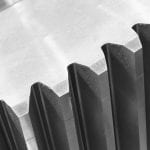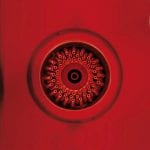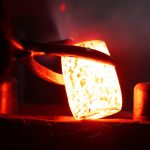Induction heating is a process that uses electromagnetic fields to heat electrically conductive materials. An induction heating system includes a power supply that converts line power to a high frequency alternating current. This energy is delivered over a cable assembly to a workhead that creates an electromagnetic field within the induction coil. A work piece is placed in the coil, inducing a current, resulting in friction that generates heat.
It has been used in various industries for many years, and there are many use cases in the medical-manufacturing industry. Induction heating has several advantages over traditional heating methods, such as being fast, more precise, and efficient. As a result, it is being used in a growing number of medical applications.
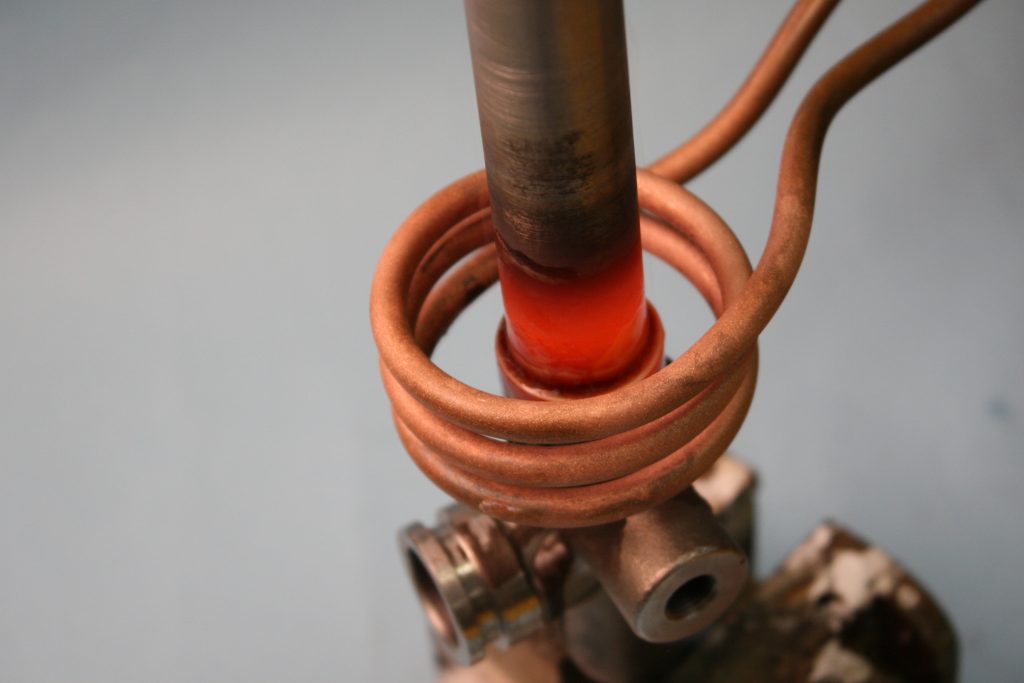
Benefits of Induction Heating in the Medical Industry
One of the main benefits of induction heating is that it is a very precise way to heat materials, meaning induction can meet tight tolerances. This is because the heat is generated directly within the material itself, rather than being transferred from an external source. This makes it possible to heat materials very quickly and evenly where the heat is required, which is important for many medical applications.
Another benefit of induction heating is that it is a very efficient way to heat materials. This is because very little energy is lost in the process of heating the material. This makes induction heating a cost-effective way to heat materials that results in lower energy expenses. Induction is also highly repeatable, while also not introducing safety hazards such as a flame into a work place.
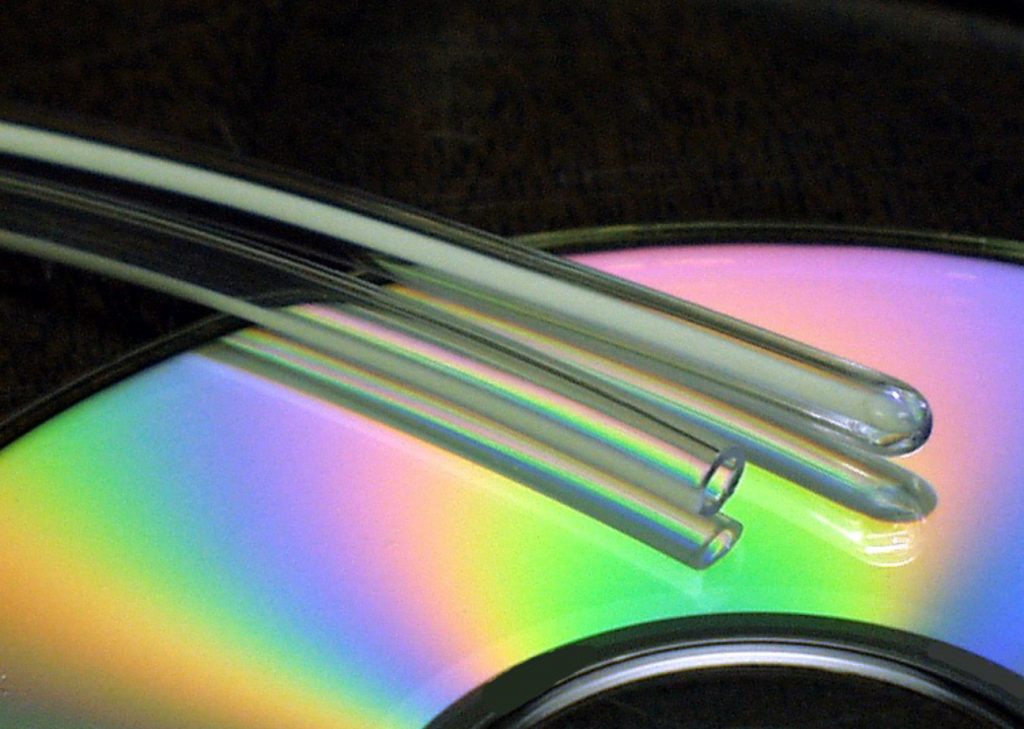
Applications of Induction Heating in the Medical Industry
Induction heating is being used in several different medical applications. Some of the most common applications include:
- Annealing: Annealing softens metal and improves its ductility. Induction heating is a highly effective way to anneal metal, as it can be done rapidly and precisely. In medical-device manufacturing, this ensures the metal is annealed correctly and will not fail under stress. Medical wire annealing is one way induction is used.
- Brazing: Brazing is a joining process that uses a molten filler metal to join two pieces of metal together. This happens to be a very popular induction application, as it is a very effective way to braze metal. Induction quickly heats the filler metal to its melting point, and a strong and durable brazed joint is regularly achieved. Brazing dental tools is one example of a brazing application in this segment.
- Catheter tipping: Forming the tips of small catheters is commonly done with induction heating. Induction is conducive to increased production while meeting tight tolerances that are required by this application.
- Cleaning: Induction heating can be used to clean metal parts by heating them to a target temperature and then quenching them to remove the contaminants from the metal, leaving it clean and free of oxidation.
- Hardening: Hardening increases the strength and hardness of metal. Induction heating is a highly effective way to harden metal, as it can heat the metal rapidly to the target temperature, after which point the metal is quenched to harden it. This results in a strong metal for end products that require it, such as surgical and dental instruments.
- Heat treating: This term encompasses a number of heat-treatment processes that are used to change the properties of metal. Induction heating is a common way to heat treat metal, as it can quickly and precisely heat the metal to the desired temperature.
- Nanoparticle research: Induction can also be used for nanoparticle hyperthermia research. The induction heating system can be used to generate alternating magnetic fields to elevate and manage the temperature of a solution of nanoparticles in vitro or in vivo.
- Soldering: Soldering is a joining process that uses a molten solder to join two pieces of metal together, but at a lower temperature than brazing. Induction is a very effective way to solder metal, as it can quickly heat the solder to its melting point. The result is a strong and durable solder joint.
- Testing: Induction heating is also a valuable way to assess the attributes of metal components. By heating them to specific temperatures and gauging their properties, it offers a crucial means to ensure medical devices adhere to quality standards.

Spotlight Applications
Now we’ll look at a few brief induction heating application case studies from the medical device manufacturing industry.
Annealing a Stainless-Steel Medical Wire
A medical device manufacturer needed to anneal a 0.018”/.0.457 mm stainless steel medical wire in 2.5 seconds. The target temperature for the application was 400°F (204°C). Application testing determined that a 2 kW Ambrell EASYHEAT induction heating system set at a frequency of 245 kHz would meet the client’s objectives. A custom designed multiple-turn helical coil was used for the application.
Brazing Stainless Steel
An integrator working for a medical manufacturing company needed to braze stainless steel parts. The target temperature for the brazing application was 1,400°F (760°C) with a target heating time of 20-40 seconds. An Ambrell EASYHEAT 2 kW induction heating system set to 336 kHz was used to heat the joint area to brazing temperature. A custom designed multiple turn helical coil was used for the application. A higher power system would reduce the heating time if required.
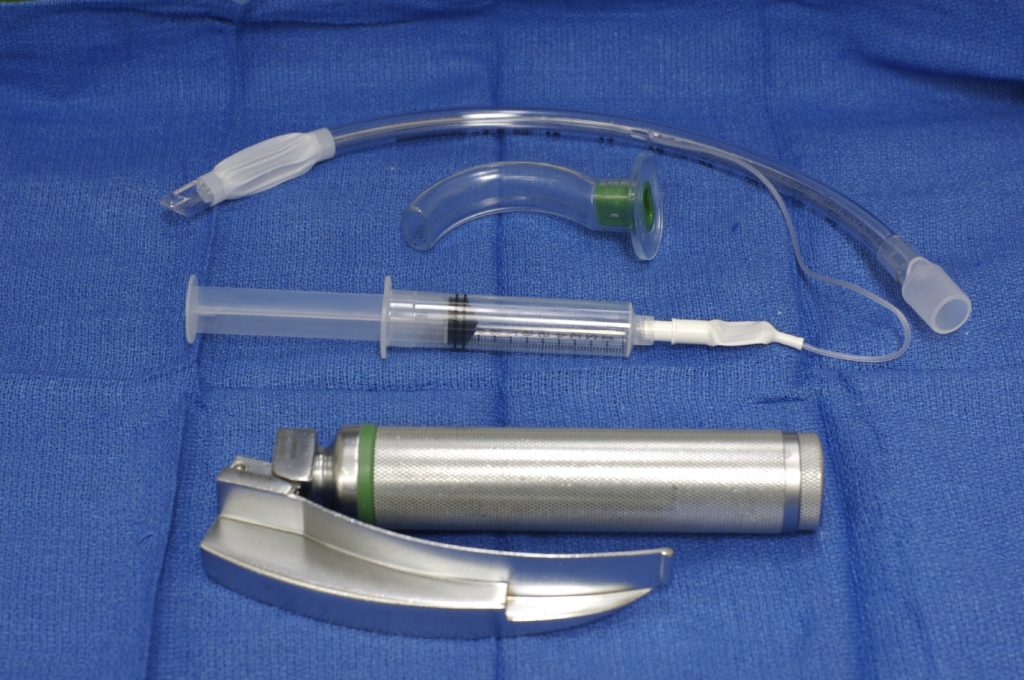
Forming a Stainless-Steel Tube
A contract manufacturer for the medical manufacturing industry needed to anneal stainless steel thin-walled tube. The tube had a mandrel inside when heating and was held in place. An Ambrell EASYHEAT 2 kW induction heating system with the frequency set at 218 kHz was used to heat the tubes to temperature in less than 5 seconds. The target temperature was 2,000°F (1,093°C).
Soldering Connectors to Wires
A manufacturer of vibration sensors for the medical manufacturing industry needed to solder connectors to wires. They wanted to replace a soldering iron and looked to induction due to its speed and repeatability. The target temperature for the application was 450°F (220°C). Using an Ambrell EASYHEAT 4.2 kW induction heating system, the part heated to temperature within seven seconds, which exceeded the target of 10 seconds. A custom designed multiple-turn helical coil was used for this application.
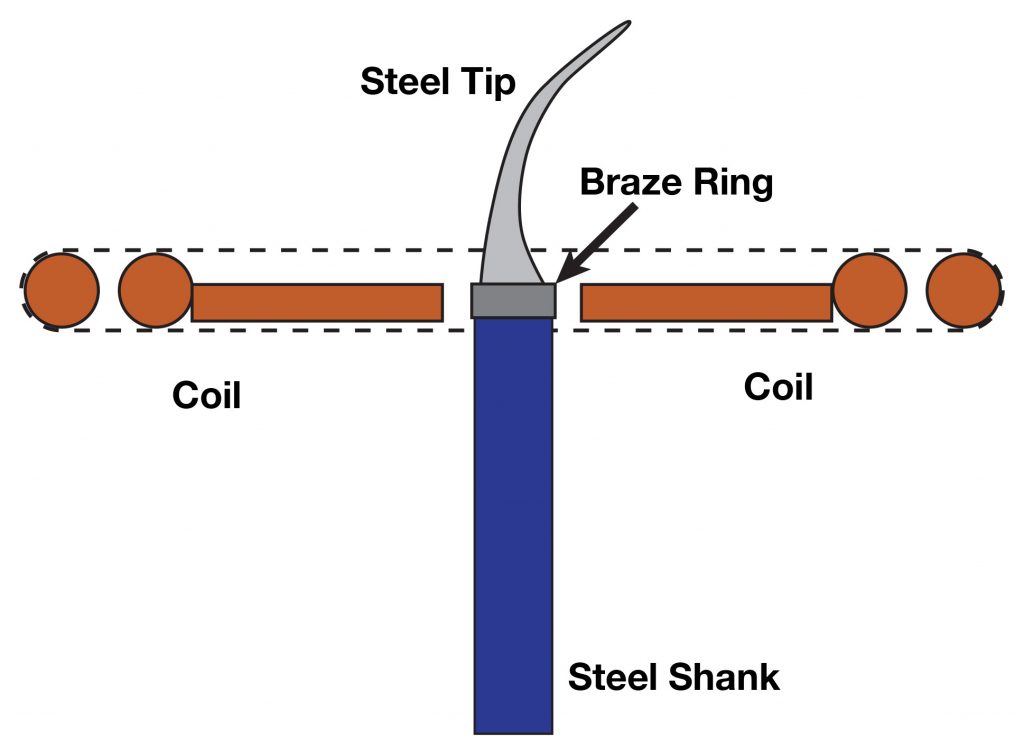
Conclusion
Induction heating is a versatile technology that has many potential applications in the medical field. Its benefits include being fast, precise, non-contact, and efficient. As a result, it is being used in a growing number of medical applications. Induction manufacturers often offer free parts testing, which is an ideal way to determine if induction is a fit for a medical device manufacturing process prior to making an investment.






